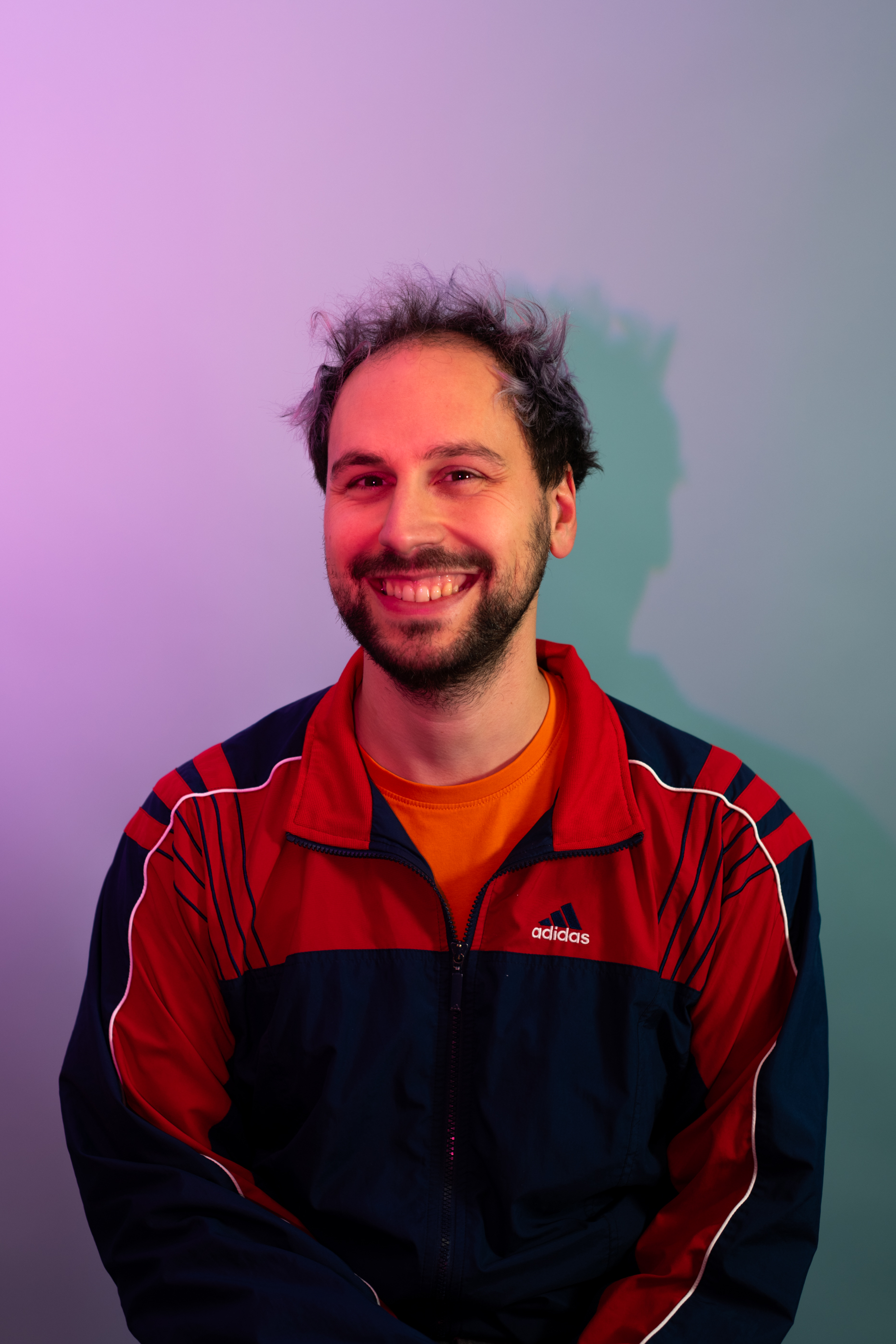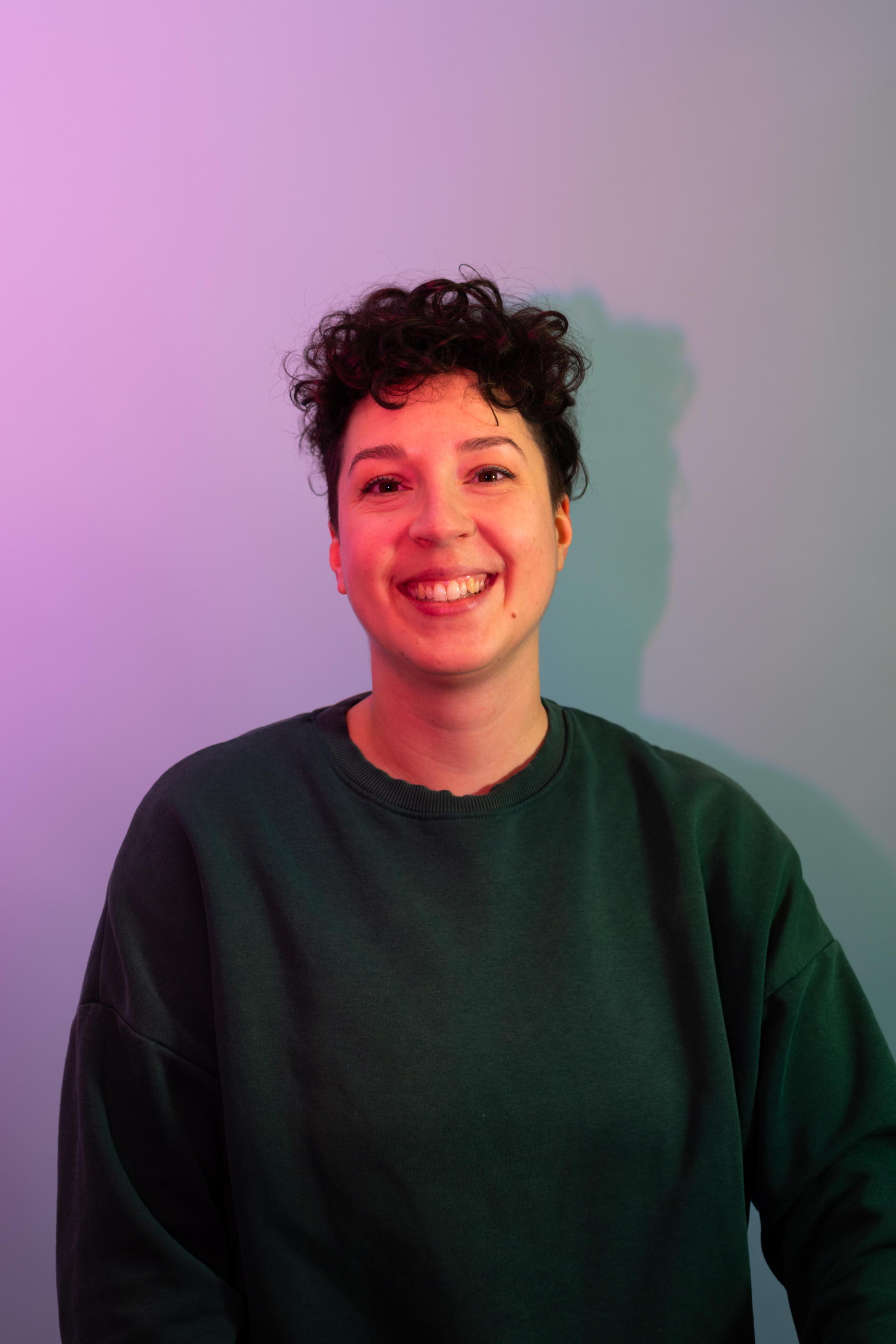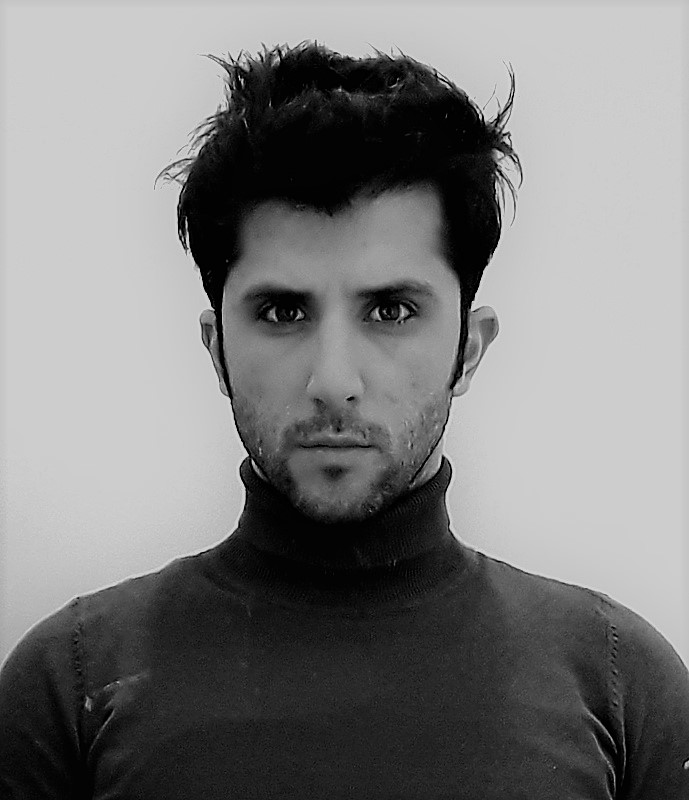17 Jul 2025
Crespo Haus
Frankfurt/Main, Germany
Offenbach based artists Carolin Liebl and Nikolas Schmid-Pfähler create sculptures and installations that explore the aesthetic, social and ecological effects of technological developments, using elements of robotics and scientific processes. In their works, material qualities of a visual and haptic nature are just as important as programmed processes, physical laws and chemical reactions.
Carolin and Nikolas spoke to us about their generative artwork RE:PLACES, that centres around a robotic construction that extrudes different colored sculptures made from PLA, like three-dimensional brush strokes. While giving us insight into their progress, they even brought us a robotic prototype to drive around the room, cool!
From Linz, Austria, we had Amir Bastan, who explores human consciousness, artificial intelligence, and robotics within media arts and interactivity frameworks. Currently a doctoral researcher at Creative Robotics and lecturer at Kunstuni Linz, Amir’s research focuses on “The Human Robot Transference,” which examines connections between psychoanalysis theories and human-robot interaction.
Amir gave us a mini-lecture about the distinction between “reality”: what is symbolically ordered and, the “Real”: what resists symbolisation. At the centre is “lack”: not simply what is missing, but what must be missing for the subject to exist. The following day, he held a 4-hour workshop deepening our understanding of robots in art.

Offenbach, Germany
www.radiate.fishCarolin Liebl and Nikolas Schmid-Pfähler create enigmatic plastic sculptures in collaboration with quirky robots. Through these and other sculptural and installation-based works, the artist duo explores the interweaving of natural and artificial, human and non-human, material and ideology. Their practice unfolds through an aesthetic investigation in dialog with scientific research.
Since 2020, they have been pursuing ongoing artistic research into biodegradable plastics in cooperation with researchers at the Sustainable Materials Innovation Hub, University of Manchester, UK. In 2019, the duo founded the interdisciplinary art space Atelier Wäscherei in Offenbach am Main and have served as its artistic directors ever since.
Their works have been exhibited internationally and are represented in prominent collections, including ZKM in Karlsruhe, WRO Art Center in Wroclaw, Poland and Ennova Art Museum in Langfang, China. In 2022, their monograph hello world was published by Distanz Verlag, Berlin.

Offenbach, Germany
www.radiate.fishCarolin Liebl and Nikolas Schmid-Pfähler create enigmatic plastic sculptures in collaboration with quirky robots. Through these and other sculptural and installation-based works, the artist duo explores the interweaving of natural and artificial, human and non-human, material and ideology. Their practice unfolds through an aesthetic investigation in dialog with scientific research.
Since 2020, they have been pursuing ongoing artistic research into biodegradable plastics in cooperation with researchers at the Sustainable Materials Innovation Hub, University of Manchester, UK. In 2019, the duo founded the interdisciplinary art space Atelier Wäscherei in Offenbach am Main and have served as its artistic directors ever since.
Their works have been exhibited internationally and are represented in prominent collections, including ZKM in Karlsruhe, WRO Art Center in Wroclaw, Poland and Ennova Art Museum in Langfang, China. In 2022, their monograph hello world was published by Distanz Verlag, Berlin.

Linz, Austria
baxtan.xyz3 moderators
3 contributors
52 community members
meetup #20
delicious soup
The project is funded in the program “Promotion of Cultural and Creative Industries Institutions” by the Hessian Ministry of Economy, Energy, Transport and Housing.


![]()